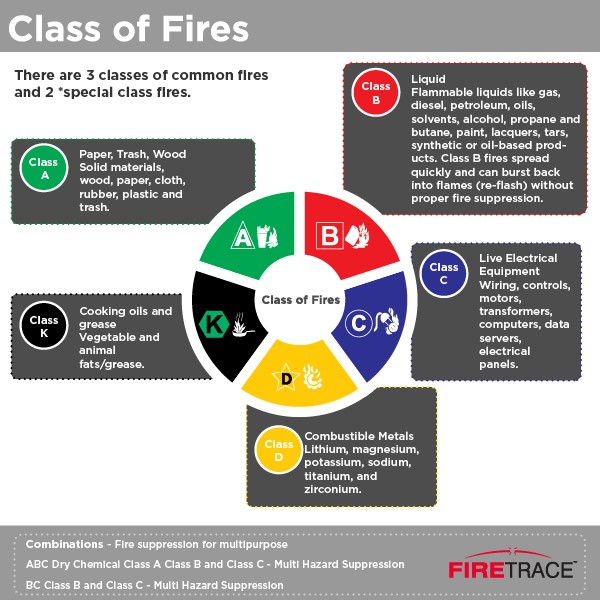class k fires include
Locations ABC fire extinguishers are located throughout the Medical Centers in corridors. Oils such as vegetable oil canola oil butter.

Types Of Fires Kidde Fire Safety
Specifically they are a type of liquid fire.
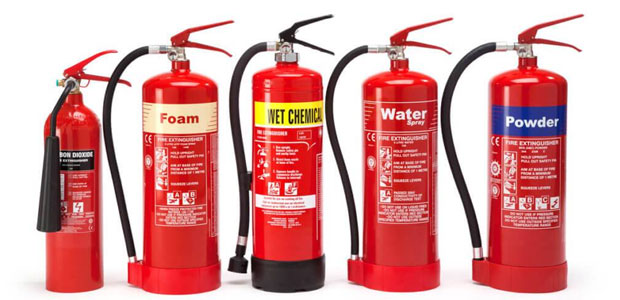
. Sound like a lot. Remove the power and the Class C fire becomes one of the other classes of fire. They usually contain chemicals such as potassium acetate potassium carbonate or potassium citrate.
Class K Fire extinguishers spray a fine alkaline missed. Class K fires arise from flammable liquids used for cooking like vegetable and animal fat-based oils and greases. They are one of the more dangerous fires to combat and they are common in commercial kitchens.
Although they technically are liquid fires they come under their own classification as theyre a common house fire cause. What are Class K fires. Greases cooking oils vegetable fat and animal fat are some common fuel sources.
These fires are most commonly kitchen fires as they involve cooking oils. Technically a type of liquid fire Class K fires are distinct enough to warrant their own classification. Class K fires are cooking fires that come about from liquid combustion.
There are a lot of variables that determine how a fire starts grows and is put out. These liquid cooking materials include. Class A Ordinary Combustibles Class B Flammable Liquids and Gasses Class C Electrical Class D Flammable Metals Class K Cooking Oils and Greases.
Class K a fire started by cooking oils animal fats or. May cause fire spread or electrical shock. Class K Fires are fires that involve cooking oils grease or animal fat and can be extinguished using Purple K the typical agent found in kitchen or galley extinguishers.
If you are an avid cook in your home they are likely a hazard in your residential kitchen too. Proteks Fire offers fire extinguisher hood fans and emergency lighting services. Class K fire extinguishers use special extinguishing agents that separate and absorb the heat elements of the fire the fuel.
Class K Fires - To be able to fight a fire effectively it is important to know how it starts and what is fueling it to burn. Class K Fires. Greases cooking oils vegetable fat and animal fat are all fuel sources found in Class K fires.
A fire often happens if a pan is left on the stove for too long unattended and the oil ignites. Class K fires are categorized separately because of their unique setting and are instead associated with cooking liquids in the food service and restaurant industry. Three main types of portable fire extinguishers include.
Class B fires do not include fires involving cooking oils and grease. What is class k fire extinguisher work. Used in kitchens on grease fires.
An easy way to remember these types of Fires is beat Class A leaves an Ash beat Class B boilsbeat Class C has current beat and Class D has Dense Material beat And dont. Grease Fires or Cooking Fires. These substances form a soapy foam on top of the burning oil quenching the fire and reducing the chances of.
Pressurized water to be used on Class A fire only. Class B fires also include flammable gases such as propane and butane. Class C a fire started by energized electrical equipment such as power transmission cables or wiring.
Class C Class C fires are fires involving energized electrical equipment such as motors transformers and appliances. Class K fires are fires that involve cooking oils and fats. These types of fires are a concern in restaurant services but also in homes.
Class K fires similar to Class B fires occur as a result of the combustion of flammable liquids. Lets break down each of the 5 different classes of fires more thoroughly. These variables organize fires into five fire classes.
Class K fires are naturally of concern in the food service and restaurant industry. Class D a fire started by flammable metals such as sodium potassium and lithium. Ad Proteks Fire Protection Corp.
Cooking Oils andor Fats. Dry chemical effective on all classes of fires Type BC. Common materials in class K fires include.
Carbon dioxide to be used on chemical or electrical fires Type K. Liquid cooking materials can include grease vegetable fat cooking oils and animal fats. Certain fire classes use different fire extinguishers to extinguish.
Class K fires are naturally of concern in the food service and restaurant industry. Fire extinguishers exit and emergency lighting. Fire extinguishers are classified depending on the type of fire that they will extinguish.
Class K fires normally burn a certain type of fuel such as cooking oil and fats and can spread very quickly. A class K fire extinguisher is used to control fires involving cooking media such as oils fats and grease commonly found in cooking. A class K fire extinguisher is used to fight grease and oil fires and kitchens.
Cooking fires are fueled by a wide range of liquid cooking materials. Cooking fires are fueled by a wide range of liquid cooking materials. Such fires can be very dangerous and far more destructive than you may think.
The water content of the agent aids in cooling and reducing the temperature of the hot oils and fats below their autoignition point. Choose the Right Fire Extinguisher. Do not use on Class B or C fires.
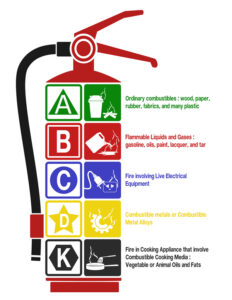
Everything You Need To Know About A Class K Fire Extinguisher
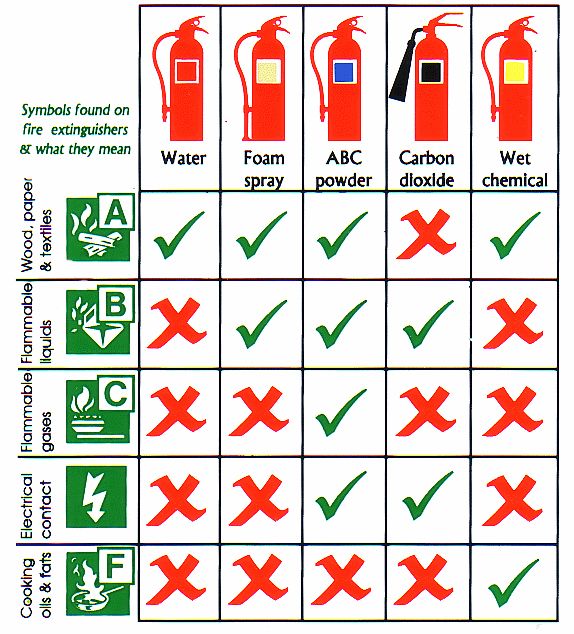
Fire Extinguisher Types How To Choose The Right Class
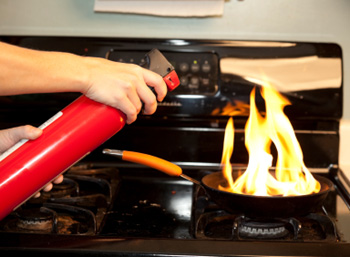
Kitchen Class K Fires How To Fight Them

Why Restaurants Need Class K Fire Extinguishers Gdi Insurance Agency Inc

Fire Extinguisher Types And Uses A Fire Extinguisher Guide Youtube
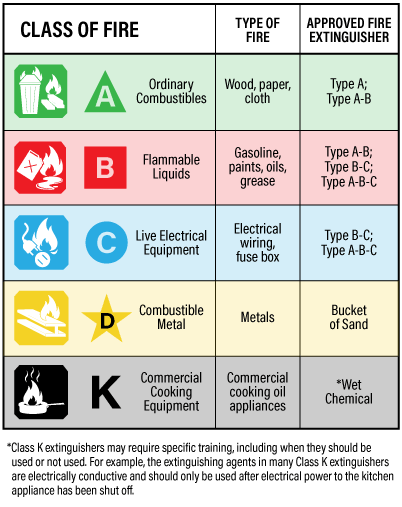
Fire Extinguishers Portable Osh Answers

The Abcs Ds And Ks Of Fire Extinguishers Occupational Health Safety
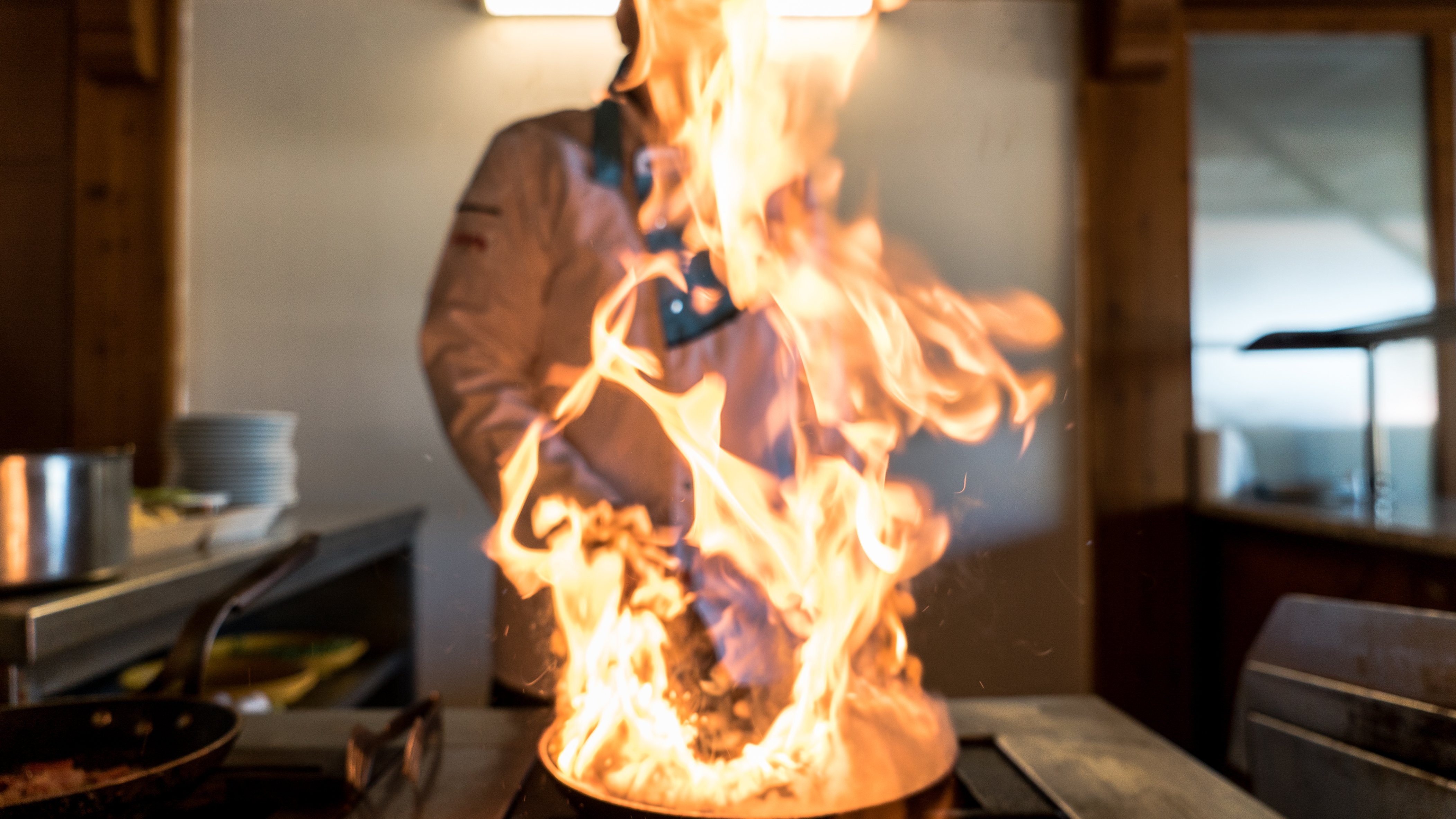
What Is A Class K Fire Extinguisher Used For
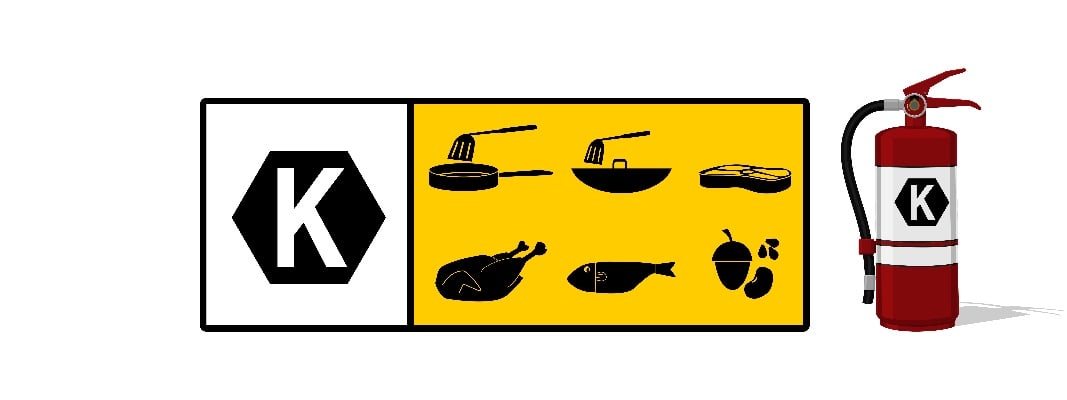
What Is A Class K Fire Extinguisher Used For

Classes Of Fire An In Depth Look At Fire Prevention

Classification Of Fire And Hazard Types As Per Nfpa Enggcyclopedia

Buckeye 6 Liter Class K Wet Chemical Fire Extinguisher Tagged Rechargeable Ul Rating 1a K Fire Extinguisher Extinguisher Buckeye

Fire Extinguisher Installation Fire Extinguisher Installers Portland Or

Abcs Of Fire Extinguishers Fire Prevention Services The University Of Texas At Austin
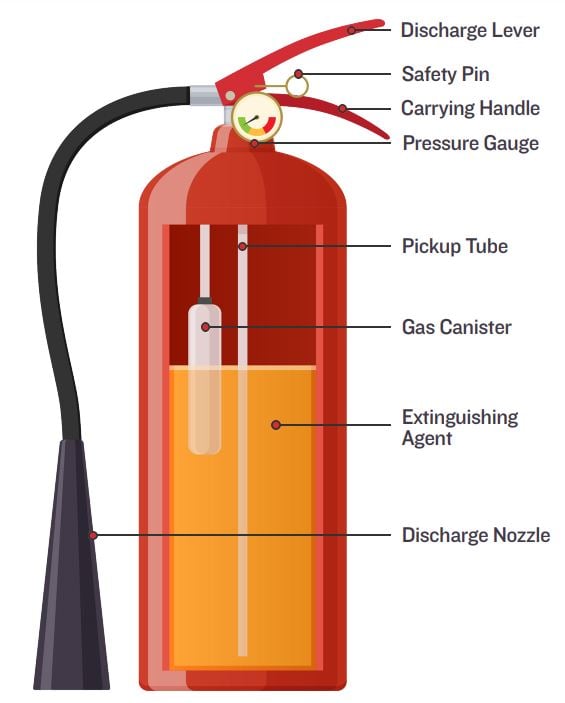
Guide To Fire Extinguisher Sizes Types Ratings

Everything You Need To Know About A Class K Fire Extinguisher
